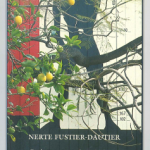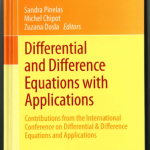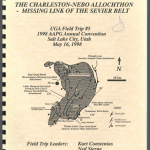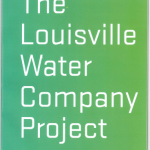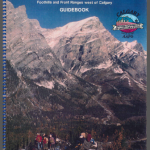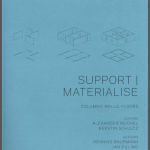Cap-Martin : architecture beside the sea / Nerte Fustier-Dautier ; illustrations by Andre-Yves Dautier ; translated from the French by Julian Hale. (OCLC #875284539)
This book’s pages are numbered up through page 51 (which ends a chapter), and then there are five unnumbered pages which still have some content (notes, bibliography, series information).
RDA 3.4.5.2 says to record the last numbered page, leaf, or column in each sequence, and RDA 3.4.5.3.1 says that when there are both numbered and unnumbered sequences, disregard the unnumbered sequences unless they are referred to in a note. As the unnumbered pages would be referred to by the bibliography note, I recorded the pagination as:
51 pages, 5 unnumbered pages
The bibliography spans the first two unnumbered pages, so how does that go in the 504? Like one of these?
504 __ ǂa Includes bibliographical references (First and second
unnumbered pages).
504 __ ǂa Includes bibliographical references (Pages 1 and 2 of
unnumbered sequence).
Gross! (AACR2 was tidier for this case.) I checked the table of contents and found that it numbered pages up through 55, so I chose to view these pages as “numbered”, just without page numbers printed on them. I recorded the pagination as:
56 pages
did the bibiliography note as:
504 __ ǂa Includes bibliographical references (pages 52-53).
and included an explanatory note about the pagination.
